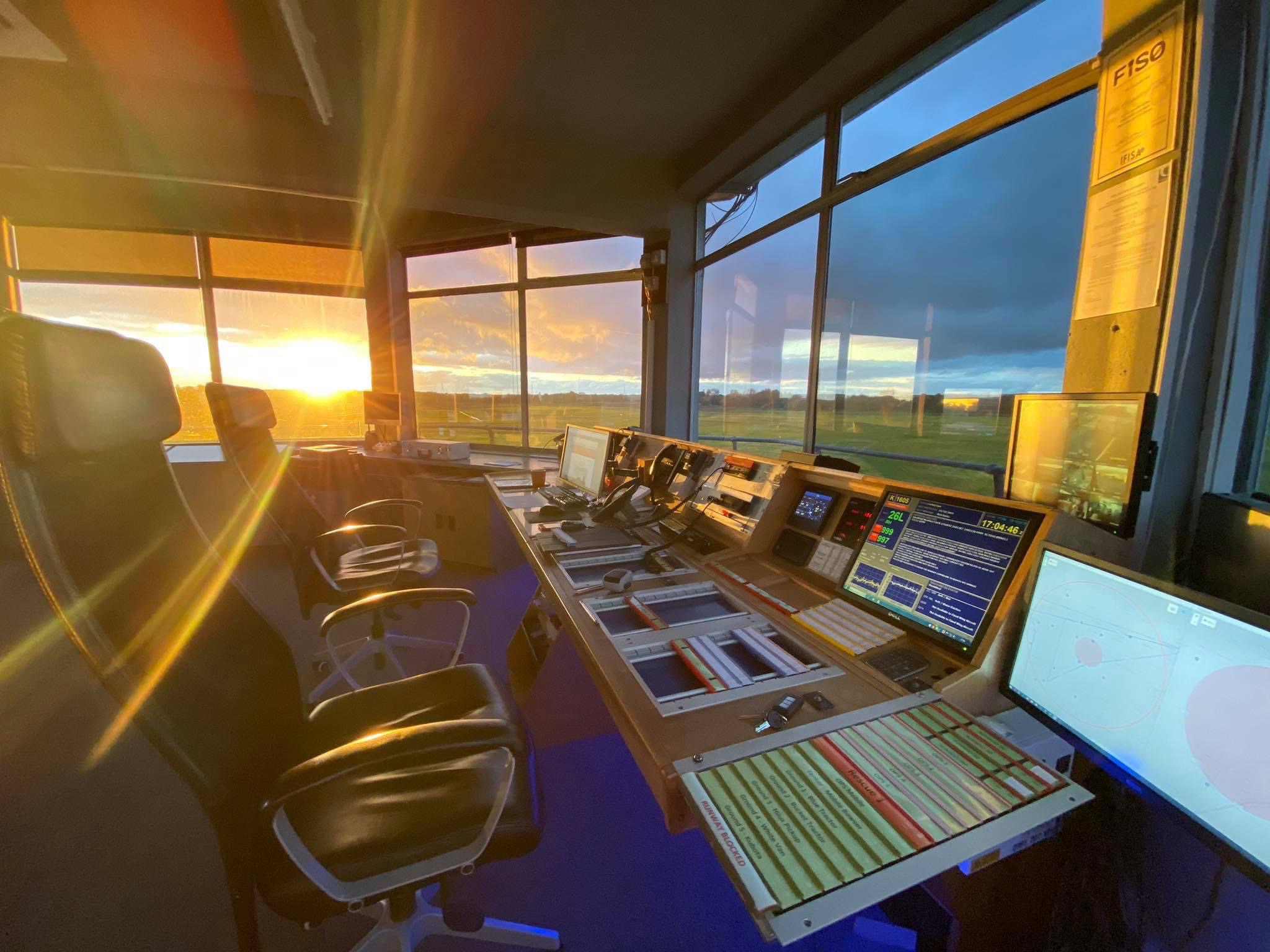
The UK CAA has today, 20th April 2020, granted an extension to the permission allowing City Airport (Manchester Barton) to use the ADS-B ground receiver technology implemented as part of the Airspace4All GA Airfield ATS ADS-B Traffic Display Trial. Barton’s current permission (which was due to expire on 30th April 2020) has been extended for 12 months, until 30th April 2021. Without this permission, use of such technology is outside of current regulations covering GA airfield air traffic services.
Airspace4All delivered the report on the Trial to the CAA at the end of September 2019 and had hoped that the CAA’s assessment and development of regulations to authorise permanent use of this technology by all UK GA airfields would have been completed by the end of April 2020. This new extension facilitates continued use while awaiting the anticipated regulatory amendments, making allowance for the demands placed on the CAA to address the enormous impact that COVID-19 is having on aviation.
https://airspace4all.org/1-year-extension-to-ads-b-traffic-display-trial-at-barton/

You are not allowed to comment on content in a group you are not member of.
General Aviation